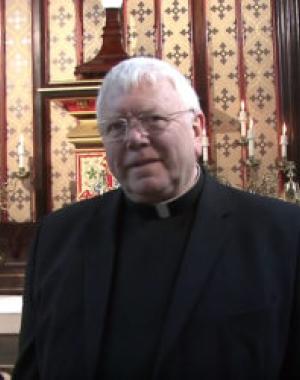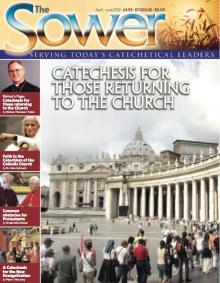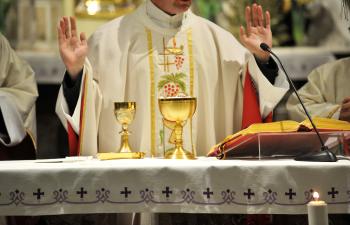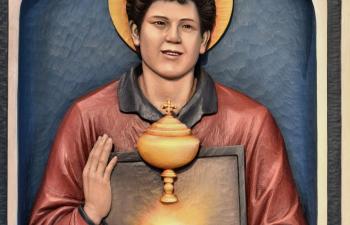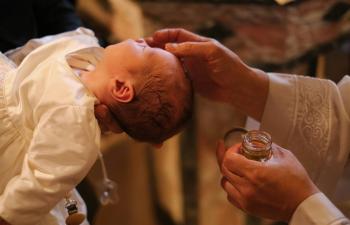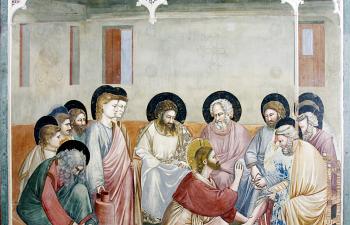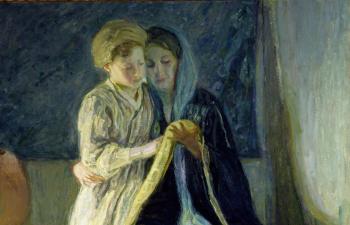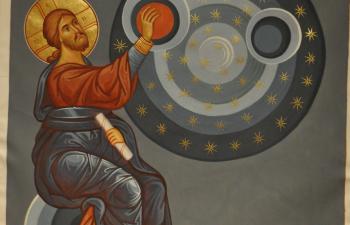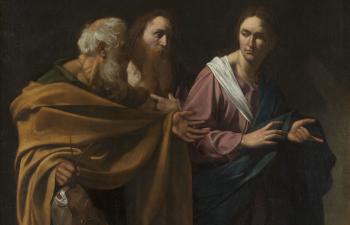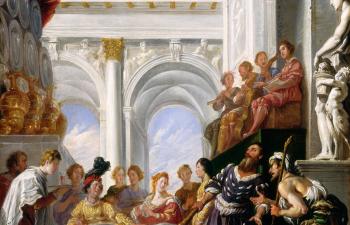In 1515, the artist, Mattias Grünewald, completed a work that came to be known as the Isenheim Altarpiece. It is a complicated structure of painted panels which include a vivid and rather gruesome depiction of the Crucifixion. The altarpiece was produced for the hospital chapel of St Anthony’s Monastery as Isenheim in Alsace. The hospital was dedicated to the care of patients suffering from particularly unpleasant diseases such as leprosy and St Anthony’s Fire. What is striking about the depiction of Christ is that his body bears the same sort of infirmities as those of the patients of the hospital – twisted limbs racked in agony and skin covered with marks from the scourging, which could have appeared to the patients as replicating the effects of the diseases with which they were afflicted.
The passage from Mark 1:40-45 is the account of Jesus healing a man who had been afflicted with leprosy. Apart from the physical effects of leprosy, there were further distressing aspects for a leper in Israel. The book of Leviticus (13:1-2, 44-46), the reading chosen for the Sunday on which this gospel is read, indicates that the leper is also to be socially excluded. He or she is to ‘live outside the camp’. The phrase comes from the time when those who had fled from Egypt were in the wilderness and set up camp wherever God indicated. This exclusion partially hides an even more serious exclusion. The camp was the setting also for the Tent of Meeting, the place which was the sign of God’s presence among His people, the place of worship.
The rest of this online article is available for current Guild members.
This article is from The Sower and may be copied for catechetical purposes only. It may not be reprinted in another published work without the permission of Maryvale Institute. Contact [email protected]


